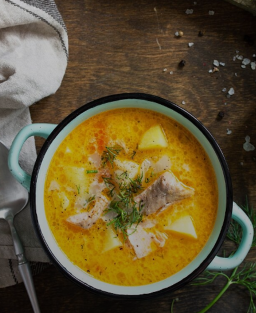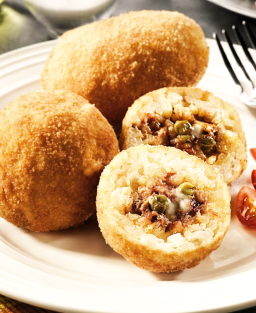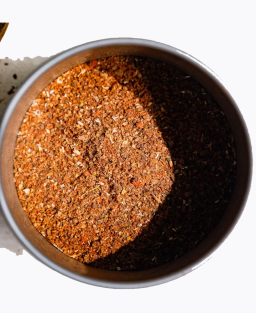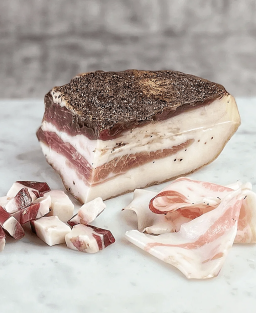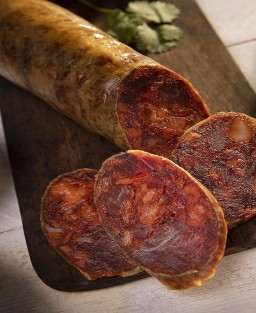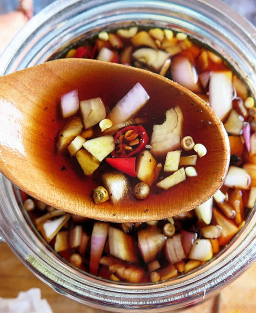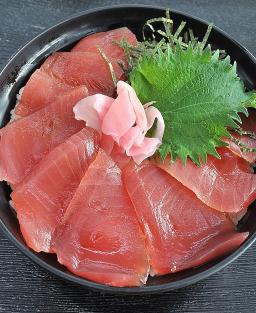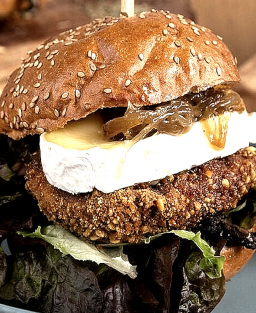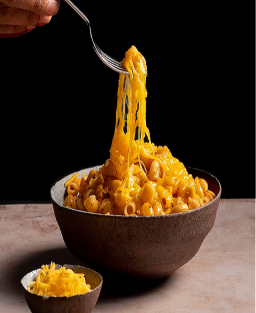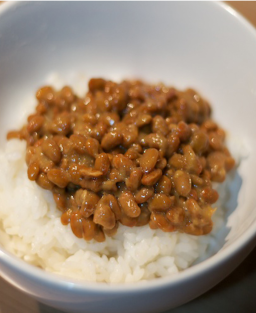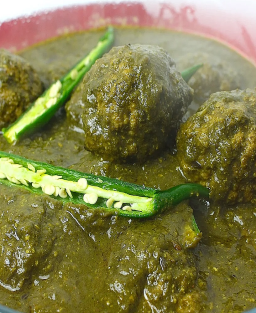- Out-of-Stock
Traditional Normandy Soup: Chaudrée with Fish, Tender Vegetables, and Creamy Sauce
Traditional Normandy Soup: Chaudrée with Fish, Tender Vegetables, and Creamy Sauce
Origin and Earliest Written Records of Normandy Chaudrée
Normandy chaudrée, as a traditional regional dish, has no single author or clearly identified first official written recipe, since it is part of an oral and popular culinary heritage passed down through generations. It belongs to an ancient oral tradition, transmitted within families and coastal communities.
However, to historically place the oldest or most famous written transcription of a similar or related recipe, several points are worth noting:
-
17th-18th centuries: The first French recipe collections published during this period, notably by authors like François Pierre La Varenne (with Le Cuisinier François, 1651), laid the foundations of classical French cuisine. However, these works do not precisely include “Normandy chaudrée” as we know it today.
-
Charles Jaucourt, in his Encyclopédie (18th century), mentions fish soup preparations but not explicitly chaudrée by name.
-
19th century: This period marks when chaudrée, as an Atlantic coastal fish soup, starts being mentioned in regional collections and gastronomic guides. Regional gastronomy became more documented by local authors, folklorists, and chroniclers. References to typical fish soups appear often under general terms like “fish soup” or simply “chaudrée.”
-
19th and early 20th century regional culinary collections and dictionaries: These sometimes authored locally or published in Normandy gastronomic guides, contain more precise mentions of Normandy chaudrée recipes, reflecting the oral tradition fixed in writing.
-
Auguste Escoffier (late 19th - early 20th century), a key figure in codifying classical French cuisine, did not highlight chaudrée as a flagship dish, reflecting its more popular and regional status outside Parisian gourmet circles.
-
Early 20th century: Culinary chroniclers like Curnonsky promoted French regional cuisine, including Normandy’s. Their writings often include references or recipes close to chaudrée, helping its diffusion and recognition.
-
Regional archives and manuscripts: Local libraries, historical societies, and Normandy archive centers sometimes preserve manuscripts, oral recipe collections, or cookbooks compiling these traditional preparations long before wider publication.
Summary
Normandy chaudrée is a traditional dish deeply rooted in oral transmission, with no author or original recipe clearly identified in writing. Its earliest identifiable transcription likely appears in 19th-century regional Normandy works, but no founding text or unique author dominates its history. This popular, rustic, and family dish has thus survived mainly thanks to collective memory and local practices before being gradually formalized by regional gastronomes and authors.
Original Normandy Chaudrée
For 6 people
Ingredients
-
Local white fish fillets (whiting, cod, pollock): 800 g
-
Potatoes (firm flesh): 4, peeled and diced
-
Leeks: 2, sliced thin
-
Carrots: 2, thinly sliced rounds
-
Onion: 1, finely chopped
-
Celery stalk (optional): 1, sliced thin
-
Bouquet garni (thyme, bay leaf, parsley): 1
-
Fish stock or water + stock cube: 1 liter
-
Normandy dry cider: 25 cl
-
Thick crème fraîche: 20 cl
-
Semi-salted butter: 30 g
-
Salt, pepper: to taste
-
Lemon juice (optional): a few drops
Preparation
Melt the butter in a heavy pot. Add onion, leeks, carrots, and celery. Sweat gently for 5 minutes without browning.
Deglaze with cider. Add fish stock, bouquet garni, salt, and pepper. Simmer gently for 15 minutes.
Add potatoes. Continue cooking for 10 minutes.
Add white fish pieces. Cook 5 to 7 minutes until fish is done.
Add crème fraîche. Heat without boiling. Adjust seasoning. Add a few drops of lemon juice if desired.
Serve hot, plain or sprinkled with chives or chervil.
Notes
-
The recipe contains no shellfish, mollusks, or other seafood additions.
-
Cider adds the typical Normandy character, along with local crème fraîche.
-
Gentle cooking preserves the delicate fish texture and the soup’s creaminess.
-
This recipe embodies the simplicity and authenticity of traditional popular Normandy cooking.
Regional Variations of Chaudrée and Related Soups
-
Normandy Chaudrée
Main ingredients: white fish (whiting, cod, pollock), potatoes, leeks, carrots, onion, celery, crème fraîche, cider or Calvados.
Characteristics: rustic, creamy thanks to crème fraîche, flavored with cider, traditionally no shellfish or mollusks.
Usage: family and terroir dish, linked to coastal fishing and Normandy dairy products. -
Charente Chaudrée (Charente-Maritime)
Main ingredients: various fish (often gurnard, pollock), mussels, shrimp, potatoes, tomatoes, onion, garlic.
Characteristics: more Mediterranean-style soup, often more liquid, frequently with shellfish and crustaceans, sometimes slightly spicy.
Usage: dish from the southern Atlantic coast, more “marine” and zesty. -
Vendée Chaudrée (Vendée)
Main ingredients: white fish, sometimes clams or cockles, potatoes, onions, carrots, crème fraîche.
Characteristics: balance between fish and shellfish, creamy soup but less cider flavor.
Usage: popular on the Vendée coast, highly appreciated local version. -
Cotriade (Brittany)
Main ingredients: several kinds of white fish, sometimes crustaceans, potatoes, onions, leeks.
Characteristics: rustic fish soup, often without cream, sometimes enriched with salted butter.
Usage: traditional Breton dish, very simple, showcasing quality fish. -
Bouillabaisse (Provence)
Main ingredients: several varieties of Mediterranean fish, crustaceans, tomatoes, fennel, saffron.
Characteristics: highly flavored, more complex soup, often served in stages (soup then fish).
Usage: iconic dish of Marseille and southern France, very different from Normandy chaudrée.
Conclusion
Normandy chaudrée stands out for its simplicity, traditional absence of shellfish/crustaceans, and use of cider and crème fraîche.
Charente and Vendée versions often include shellfish and crustaceans, giving a more marine and iodized flavor.
Brittany’s cotriade remains simple and fish-focused, with less cream and more butter.
Bouillabaisse is a rich, spicy Mediterranean soup, distinct from this family.












